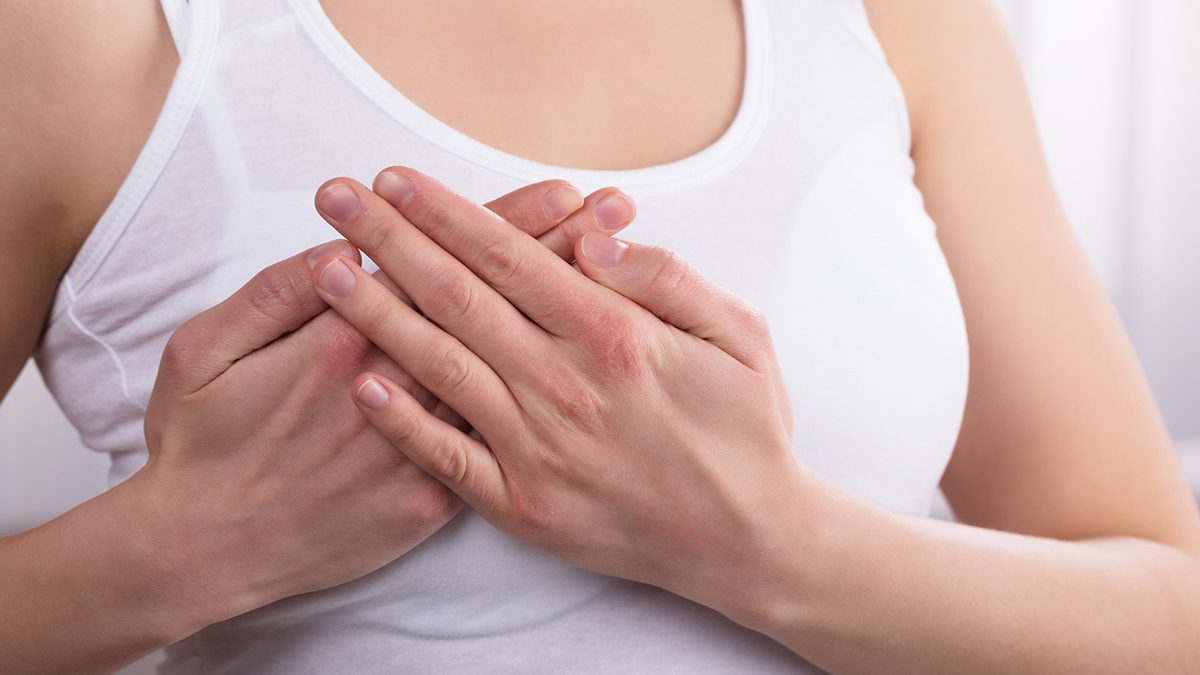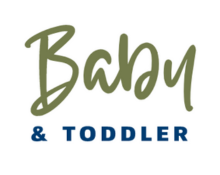
Breastfeeding thrush, also known as nipple thrush or breast yeast infection, is a fungal infection caused by an overgrowth of Candida yeast. It can occur when the balance of yeast and bacteria in the body is disrupted, leading to symptoms such as nipple pain, itching, and burning. Here are some important points about breastfeeding thrush:
Symptoms: Common symptoms of breastfeeding thrush include:
- Nipple pain or soreness that persists throughout or after breastfeeding.
- Nipple itching, burning, or shooting pain.
- Shiny or flaky nipples.
- Pink or reddish-colored nipples or areolas.
- Pain deep within the breast during or after feedings.
Causes: Thrush can be caused by several factors, including:
- An overgrowth of Candida yeast, which naturally resides in the body.
- Increased moisture on the nipples, often due to breastfeeding or wearing tight-fitting clothing.
- Nipple damage or cracks, which can create an entry point for the yeast to enter the skin.
- A weakened immune system, hormonal changes, or the use of antibiotics, which can disrupt the natural balance of yeast and bacteria.
Treatment: Treating breastfeeding thrush typically involves a combination of topical antifungal medication for both the mother and the baby. It’s important to consult with a healthcare professional to confirm the diagnosis and receive appropriate treatment. Treatment options may include:
- Applying an antifungal cream or ointment to the nipples and areolas after each feeding.
- Administering an oral antifungal medication to the baby, if necessary.
- Ensuring proper hygiene and frequently washing bras, nursing pads, and any other items that come into contact with the affected area.
- Reviewing and addressing any contributing factors such as latch issues, nipple damage, or oral thrush in the baby.
Preventive measures: To help prevent breastfeeding thrush or reduce the risk of recurrence, consider the following:
- Practice good hygiene, such as washing hands before breastfeeding and cleaning the breast and nipple area gently with warm water.
- Keep nipples dry and expose them to air as much as possible.
- Change nursing pads frequently to avoid excess moisture.
- Wash and sterilize any items that come into contact with the affected area, such as nursing bras, breast pump parts, and pacifiers.
- Maintain a healthy diet and avoid excessive sugar intake, as yeast thrives on sugar.
Remember, it’s essential to work closely with a healthcare professional, such as a lactation consultant or your healthcare provider, to properly diagnose and treat breastfeeding thrush. They can provide personalized advice and support to help you and your baby overcome the infection and ensure successful breastfeeding.
